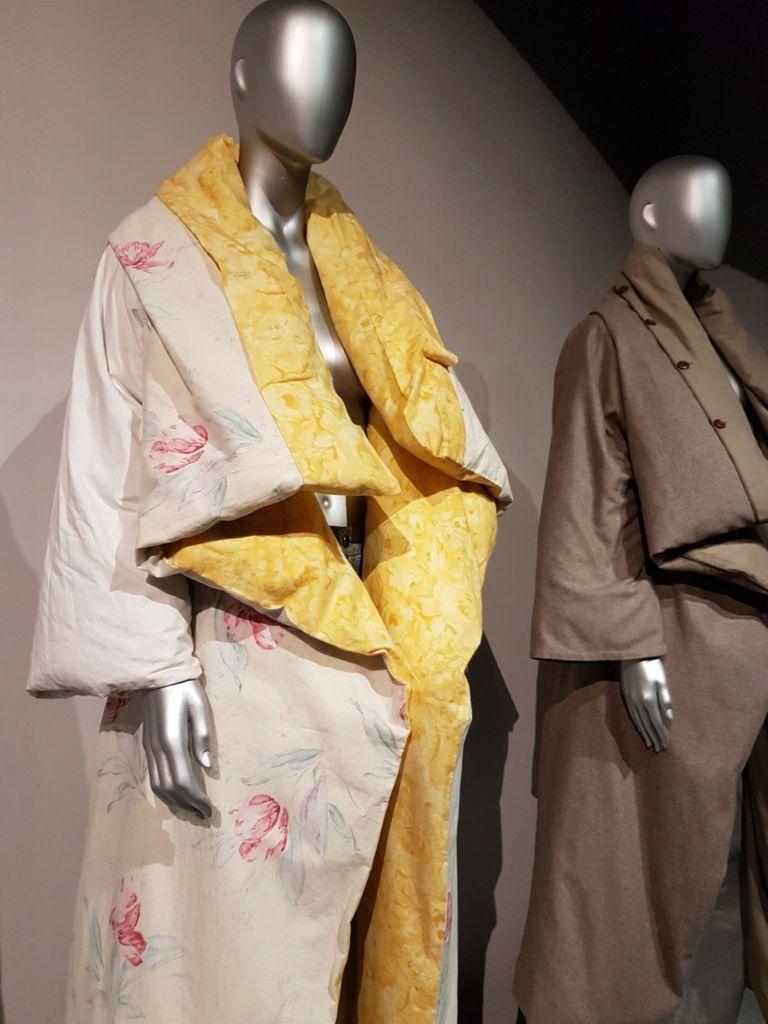In search of Martin Margiela<
It's the insane story of a couturier who knew how to make his name a pillar of the history of fashion while building himself in absence and in absolute mystery. Martin Margiela remains one of the most influential personalities of contemporary creation and a complete unknown. His aura has always been measured by his invisibility.
Since his dazzling debut, and in thirty years of career, the Flemish has never shown his face to the public. Apart from his collaborators and his friends, no one knows him. It is said that his kindness is matched only by his inflexibility and that at 60 he is still as handsome as when he started out. What continue to feed his legend.
In schools, young designers tell each other the story of this pioneer of Belgian fashion – he created Maison Martin Margiela with Jenny Meirens, in Paris, in 1988, and left it in 2009, a few years after its sale to the Diesel group – as if to remind ourselves that a free and audacious creation does not tolerate compromise.
Confronted with his legacy
Eight years after the end of his activity in fashion, Martin Margiela continues to arouse everyone's curiosity. Museums, convinced of the current resonance of his work, begin to decipher his radical and conceptual approach. In Antwerp, the public has just rediscovered his “Hermès years” – an exhibition which shows the years 1997-2003, during which he directed the women’s collections of the luxury house – while the Galliera Museum in Paris is preparing its first retrospective. French for March 2018.

Since 2009, we had believed his final disappearance. The Fleming had, it is said, changed his life and devoted himself happily to his new passions: painting and bookbinding, somewhere between the Belgian countryside, the 10th arrondissement of Paris and Puglia, in Italy.
But, for some time now, his name has been whispered again in the corridors of fashion. Its evocation is even accompanied by a scent of mystery, haloed with excitement. Not far from the quivering that preceded his parades of the 1990s, these moments of anthology between punk spirit and minimalism. Any warning signs of his return to the scene? One thing is certain: his creation has always spoken for him and the ventriloquist game is back in motion.
Through exhibitions that pay homage to him and a few furtive interventions, Martin Margiela confronts his heritage. In his own way, backstage. Without her consent or her active participation, the “Margiela, the Hermès years” exhibition in Antwerp would not have taken place. Not that the man controls his archives – on the contrary, he left everything fallow when he left – but no one imagines a project around him, without him. The curator Olivier Saillard, at the initiative of his retrospective at Galliera, says that the Fleming - whom he did not know before submitting this project to him - insisted on coming himself to present his work to him through videos of his parades "in order to explain what escapes the eye".
You have 85.2% of this article left to read. The following is for subscribers only.


 Tags:
Tags: Prev
Prev







